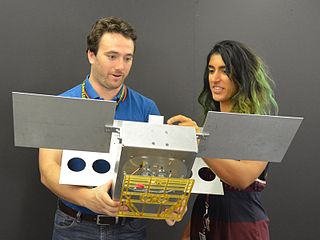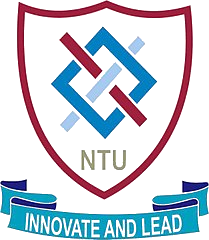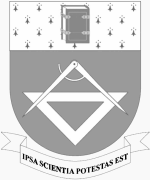This article has multiple issues. Please help improve it or discuss these issues on the talk page . (Learn how and when to remove these template messages)
|
Applied engineering prepares graduates to apply mathematical, scientific, technological, and engineering principles and methods to manage business functions. Includes instruction in engineering management, project management, production and operations management, systems integration and quality control, management of technical personnel and application of system design, execution of new product designs, improvement of manufacturing processes. https://nces.ed.gov/ipeds/cipcode/cipdetail.aspx?y=56&cipid=93052#:~:text=Title%3A%20Applied%20Engineering. 14.0103 2020 CIP Code]
On completion of an applied engineering program, students will demonstrate the following management competencies that clearly distinguish them from traditional engineering graduates. Applied engineering is are usually stated as an engineering management or engineering technology degree.
• Use appropriate statistical techniques in variable and attribute control charts and in sampling tables for continuous improvement.
• Evaluate and/or implement total quality systems in industry.
• Perform production scheduling, develop and monitor an inventory control system, utilize appropriate production planning techniques, and identify and exhibit key factors in project management.
• Exhibit knowledge of federal and state safety legislation and identify the role of management in an industrial safety program.
• Recognize, evaluate and control varied industrial health and safety hazards.
• Demonstrate knowledge of traditional management functions and practices, including applications and limitations of various management schemes.
• Solve problems in typical industrial organizations, work effectively in teams, and demonstrate knowledge of the managed area of an industrial enterprise.
• Apply business, and engineering economic principles to solve complex problems.
• Identify responsibility of supervision and management within various industries.
• Demonstrate communication skills, safe and efficient individual and group work habits, leadership within groups and an attitude of cooperation and tolerance.
Applied engineering students specialize with a technical area of study and blend hands-on process experience with theory. Examples of these technical specialties include: automation/robotics, aviation, computer aided drafting & design, Minitab, MS Project, electro-mechanical, electronics, construction, graphic communications, manufacturing, nanofabrication.
Applied engineers are employed in a wide array of industries including: manufacturing, service, architecture, construction, transportation, healthcare, printing/publishing and distribution. They are responsible for implementing a design or process improvement. Although a degree in applied engineering is not considered a traditional design engineering degree (those eligible to sit for the Professional Engineering Examination), employers hire applied engineering and engineering technology graduates with the term "engineer" in their job titles. Examples of the use of Applied Engineering titles include: Engineering Manager, Project Engineer, Applications Engineer, Service Engineer, Equipment Engineer,Test Engineer Quality Engineer, Manufacture engineer, Field Engineer, Process Engineer, Product Engineer, Safety Engineer, and Sales engineer.
Graduates of applied engineering programs are frequently found in management positions due to their coursework, training and experience in Mathematics, engineering economics, business statistics, business calculus financial & managerial accounting, operations & service management, quality control, industrial safety, value engineering, six sigma, quality assurance, engineering law, engineering leadership & ethics, systems engineering and engineering management. Common management-related titles may also include: engineering manager, construction manager, plant manager, project manager, and technical manager.
Applied engineers are prepared to take an engineering design and see it through planning, implementation, execution and monitoring and controlling. They wear many hats in industry, commanding the necessary resources and personnel to contribute to an organization's bottom line.There is no clear distinction made between engineer or applied engineering as in most jobs in industry. The degree or course of study is applied engineering, the career is engineering.








